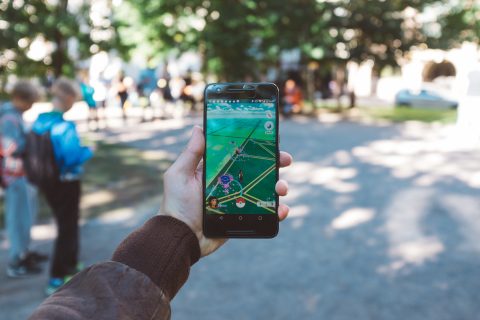This post is part of a series challenging our assumptions about learning techniques. We’re giving you up to date information from current research into learning to help you learn effectively. Check out the previous post in this series and read the most recent one below.
It is more effective to move between topics than it is to focus on one topic solidly before moving onto the next.
THIS IS TRUE.
Research now shows that we learn better when we mix it up. Moving between different topics rapidly forces us to draw distinctions between them, which is vital to applying knowledge in a broader context.
Our intuition leads us to revise one topic for an extended period of time before we move on. But, as these myths have shown so far, our intuition is often misguided. It feels much easier to study one topic continuously, but in the long-term, we won’t be able to apply our knowledge as effectively as if we swap between topics regularly.
This is an example of desirable difficulty. At first, it is awkward and challenging to move between topics, but this difficulty is desirable because it makes our motor and cognitive skills better in the long-term.
Want to read more on this topic? Check out these links:
- Study Strategies: Interleaving
- Robert Bjork – The benefits of interleaving practice
- Why interleaving enhances inductive learning: the role of discrimination and retrieval
What is Up Learn? Up Learn uses artificial intelligence and research from cognitive science to help students achieve A* results. Find out more.
We’re releasing a new learning hack every 2 days. Like our Facebook page to be notified!



Post a comment